9.05.2020
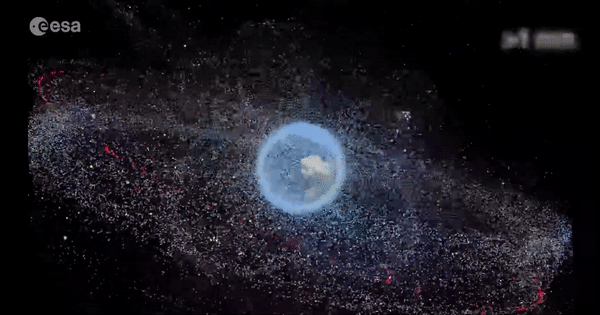
With hundreds of satellites launched every year, in-space collisions and the creation of fast-moving fragments of space debris – or ‘space junk’ – are becoming increasingly likely, threatening our continued human and technological presence in space.
The Organisation for Economic Co-operation and Development (OECD) recently published its first report on the economic cost of space debris. Using research from numerous sources, including data and analysis from ESA’s Space Debris Office, it outlines the dangers ahead if we do not act, and what can be done to ensure our future in space.
Here, we summarise the key findings of the report and explain how ESA is helping to address the problem through its Space Safety Programme.
A growing problem
“Economic and societal vulnerabilities to space hazards, in particular space debris, are growing.” – Space Sustainability: The Economics of Space Debris in Perspective from the OECD, 2020.
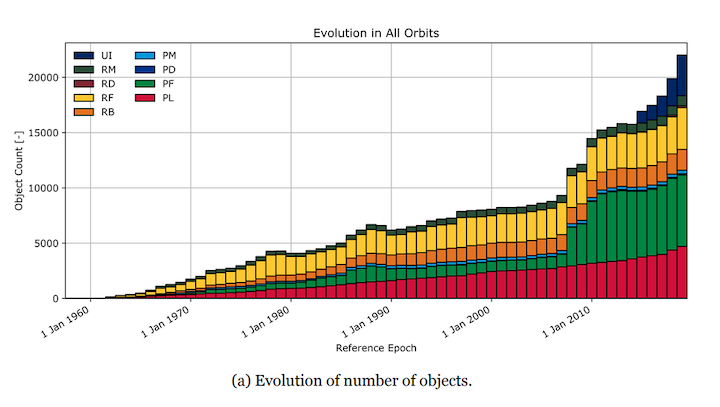
The institutional and commercial use of space is growing at an increasing rate. The number of satellites in orbit will further increase with the launch of ‘mega-constellations’ for satellite broadband, some comprising thousands of satellites, and with that the risk of collisions and more space debris increases.
Just one collision or explosion in space creates thousands of small, fast-moving small shards of debris able to damage or destroy a functioning satellite. For example, in 2007, the intentional destruction of the FengYun-1C satellite doubled the amount of debris at an altitude of about 800 km, leading to a 30% increase in the total population of debris at that time.
Space debris is expensive, and will become even more so
On the costs of space debris, the report states that: “Space debris protection and mitigation measures are already costly to satellite operators, but the main risks and costs lie in the future, if the generation of debris spins out of control and renders certain orbits unusable for human activities.”

Protecting satellites from space debris is expensive, beginning with design measures, the need for surveillance and tracking, moving operational satellites out of harm’s way and even replacing missions altogether.
For satellites in geostationary orbit, the OECD reports that such costs amount to an estimated 5–10% of the total mission costs, which could be hundreds of millions of dollars. In low Earth orbits, the relative costs per mission could be even higher than 5–10%.
However, the cost of inaction would be far greater. Enough debris in orbit could ultimately lead to the ‘Kessler syndrome’ in which collisions cascade, leading to more and more self-generating collisions, and what the OECD describes as “an ecological tipping point that may render certain orbits unusable.”
Economies and societies are increasingly vulnerable to effects of debris
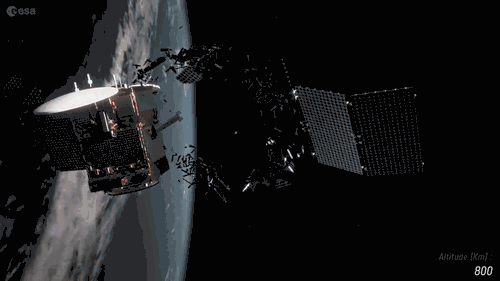
The socio-economic impacts of the Kessler syndrome would be severe. Important space applications could be lost, such as weather forecasting, climate monitoring, earth sciences and space-based communications. The inability to use certain orbits would have wide-reaching and significant consequences. According to the report, these would include:
- Unique applications and functionalities may be lost e.g. internet, weather and communication services
- Lives lost e.g. increased risk to astronauts in the International Space Station
- Interrupted Earth science and climate research
- Increased crowding and pressures on other orbits
- Curbed economic growth and slowdown in investments in the sector
Specifically, the report states that: “certain geographic areas and social groups would be disproportionally affected, in particular in rural areas with limited existing ground infrastructures and large reliance on space infrastructure.”
We are not doing enough


Access the video
According to the report, “comprehensive national and international mitigation measures exist, but compliance is insufficient to stabilise the orbital environment.”
Current debris mitigation guidelines for operators flying satellites at low-Earth and geostationary orbits include, among others:
- avoid intentional generation of debris (including anti-satellite tests)
- minimisation of potential for accidental explosions
- a 25-year deorbit rule for missions in low-Earth orbit
- missions in geostationary orbit should be sent to a higher ‘graveyard orbit’ at the end of their lives, keeping out of the way of functioning satellites
- collision avoidance should take place when feasible, as well as minimising the risk of casualties on the ground due to re-entries
As summarised in ESA’s latest Space Debris Environment Report, most operators of satellites in geostationary orbit comply to these guidelines, but less than 60% of those flying in low-Earth orbit adhere (and only 20% in orbits above 650 km). Several countries have also conducted anti-satellite tests over the years.
ESA’s Space Safety programme – Europe’s response
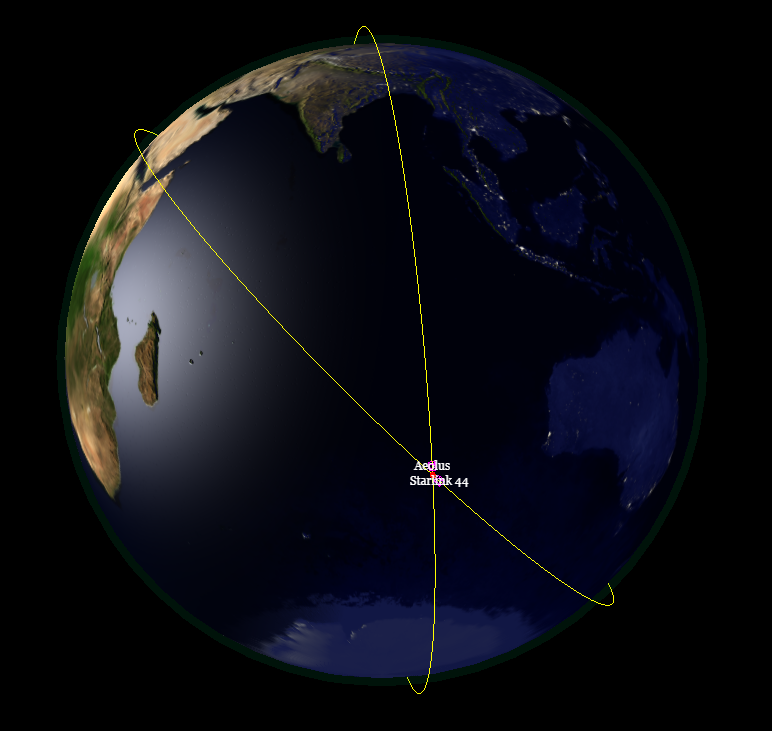
ESA's Space Debris Office is dedicated to protecting missions in flight today as well as ensuring a sustainable future for spaceflight. Every day, teams at ESOC mission control in Darmstadt, Germany, monitor and assess the likelihood of potential collisions in orbit and guide operators on how to keep their missions safe.
As more satellites are launched into orbit, current ‘manual’ methods for avoiding in-space collisions, and the creation of debris, will not be enough. As such, ESA, through the Agency's Space Safety Programme, is developing ‘automated collision avoidance’ technologies that will make the process of avoiding collisions more efficient.
By assessing the risk and likelihood of in-space collisions, this software will improve the decision-making process on whether a manoeuvre is needed, and may even send the orders to at-risk satellites to get out of the way.
But what about the junk that’s already in orbit? In a world first, ESA has commissioned a mission that will remove an item of debris from orbit.
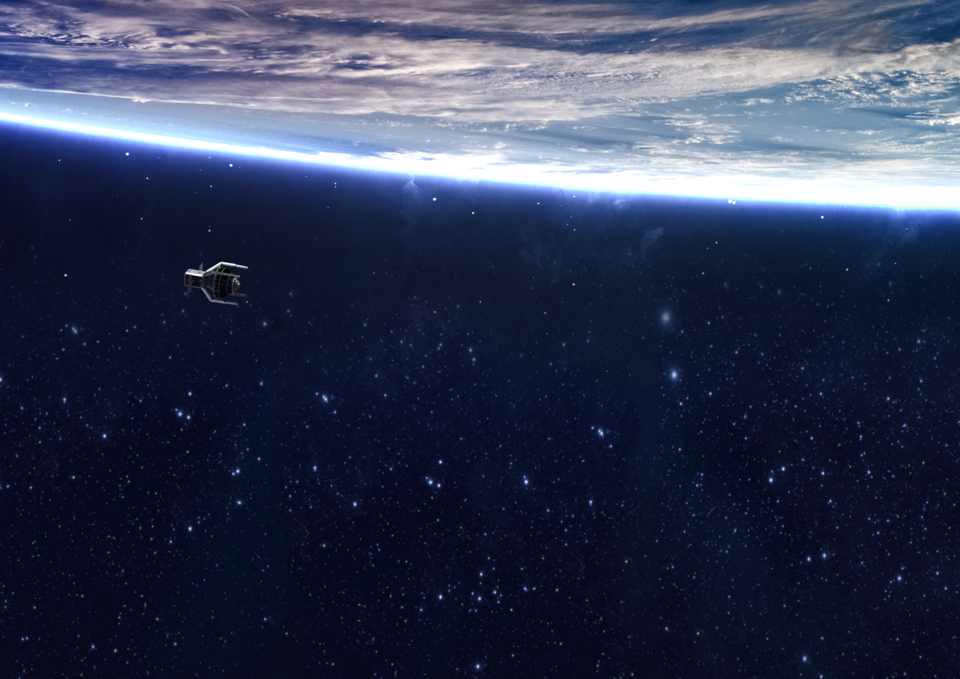
The ClearSpace-1 mission will target a Vespa (Vega Secondary Payload Adapter) upper stage left in orbit after the second flight of ESA’s Vega launcher back in 2013.
With a mass of 100 kg, the Vespa is close in size to a small satellite, while its relatively simple shape and sturdy construction make it a suitable first goal. This first step, proving debris removal in orbit is possible, will establish a commercial service that can also address larger, more challenging 'captures', eventually including multi-object capture.
Collision avoidance and debris removal are vital to reducing the amount of debris in space, but compliance with the debris mitigation guidelines outlined above has the greatest impact on our space environment. ESA’s Space Debris Office monitors compliance around the globe, and along with the Clean Space Office is working to increase global compliance through operations and technology advancements.
Find out more in the OECD report and on ESA’s Space Debris website.
Quelle: ESA
